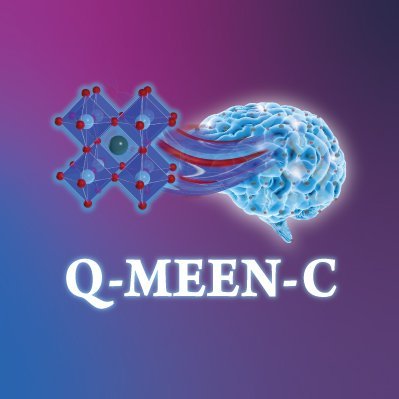
Q-MEEN-C - Quantum Materials for Energy Efficient Neuromorphic Computing
Q-MEEN-C is a prestigious nexus of collaborative exploration, uniting a diverse assembly of experts across various scientific domains to confront intricate challenges within the realm of quantum mechanics and quantum computing. Our exceptional team is a fusion of quantum physicists, quantum engineers, computer scientists, mathematicians, and researchers from a myriad of backgrounds.
At the heart of Q-MEEN-C's mission lies the relentless pursuit of advancing our comprehension of quantum phenomena and harnessing quantum technologies for transformative applications. We achieve this by leveraging state-of-the-art quantum hardware and cutting-edge computational techniques to conduct groundbreaking experiments at the forefront of quantum research. This encompasses probing the peculiar behaviors of subatomic particles, unraveling the mysteries of quantum matter, and delving into the enigmas surrounding the quantum fabric of the universe.
Fundamentally, Q-MEEN-C stands as a global epicenter for quantum innovation, fostering unparalleled collaborations on a grand scale. Our collective efforts propel the frontiers of human understanding in quantum science and quantum computing, contributing significantly to the shared knowledge of the fundamental principles that underlie the quantum universe.
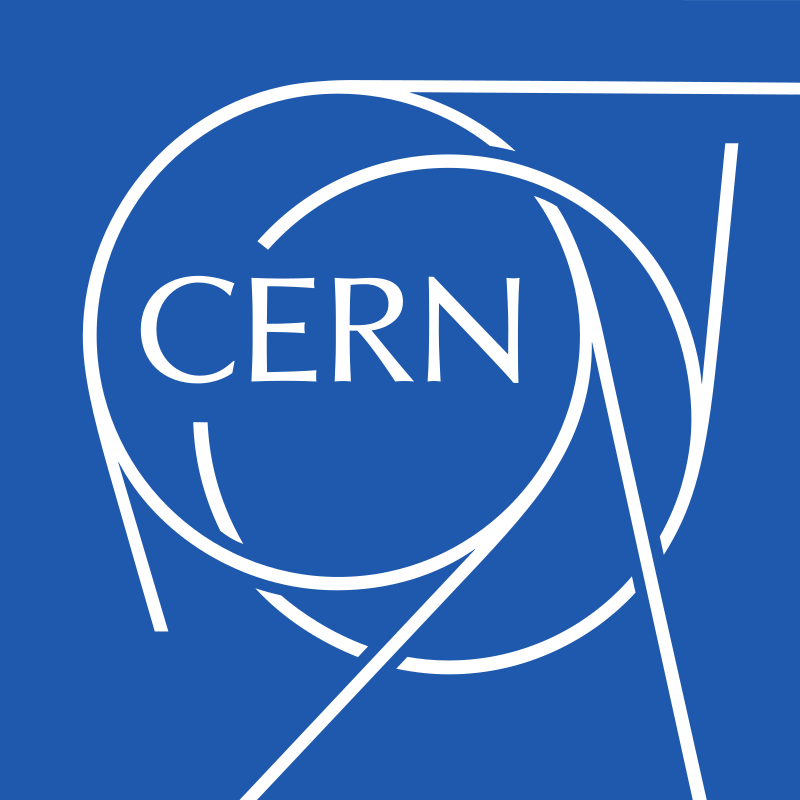
CERN- The European Organization for Nuclear Research
CERN is a renowned hub for collaborative research, where a diverse group of experts from various scientific disciplines converges to tackle complex challenges in the realm of high-energy physics. Our dedicated team comprises physicists, engineers, computer scientists, mathematicians, and researchers from a multitude of backgrounds.
CERN's primary mission revolves around advancing our understanding of the fundamental forces and particles that govern the universe. We accomplish this by harnessing cutting-edge technologies and computational methods to conduct experiments at the forefront of particle physics. This includes studying the behavior of subatomic particles, exploring the origins of matter, and probing the mysteries of the universe's formation and evolution.
At its core, CERN serves as a global hub for scientific innovation, fostering collaboration on a grand scale. Our endeavors push the boundaries of human knowledge and contribute to our collective understanding of the fundamental principles that shape the cosmos.
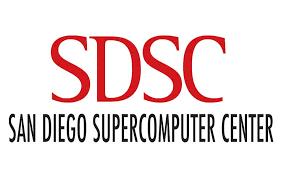
San Diego Supercomputer Center
The San Diego Supercomputer Center (SDSC) is a dynamic hub of collaborative research, bringing together experts from diverse fields to address complex challenges in computational science and data-driven innovation. Our team comprises experts in fields such as computer science, data analytics, machine learning, high-performance computing, and domain-specific sciences.
At SDSC, they are dedicated to advancing the frontiers of scientific discovery and technological innovation through the application of cutting-edge computational techniques. Their mission revolves around harnessing the power of high-performance computing, data analytics, and artificial intelligence to address critical issues spanning multiple domains, from climate modeling and genomics to materials science and cybersecurity. They leverage these tools to accelerate research, solve intricate problems, and drive progress in various fields, ultimately benefiting society and shaping the future of technology and science.
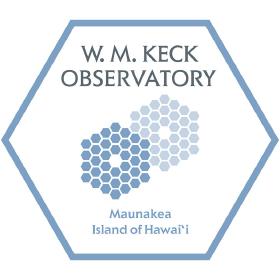
W.M. Keck Observatory
The W.M. Keck Observatory serves as a hub for collaborative research, uniting experts from diverse disciplines in their quest to address complex challenges in the field of astronomy. Our team includes astronomers, astrophysicists, optical and infrared specialists, engineers, and computational scientists.
Astronomy at the W.M. Keck Observatory encompasses a broad spectrum of activities, encompassing the use of cutting-edge technologies and computational tools to unlock the mysteries of the universe. This endeavor involves advancing our understanding of celestial phenomena by harnessing innovative techniques, enhancing existing telescopes, or even developing novel observational methods that provide invaluable insights into the cosmos.
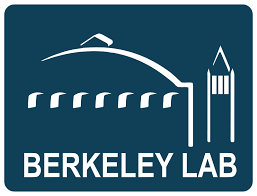
Lawrence Berkeley National Laboratory
The Lawrence Berkeley National Laboratory (LBNL) is a hub of collaborative research endeavors, bringing together experts from diverse fields to address complex challenges at the forefront of science and technology. Our researchers encompass a wide range of disciplines, including physics, chemistry, materials science, environmental science, biology, computer science, and engineering.
LBNL's mission encompasses a broad spectrum of scientific pursuits, with a focus on advancing knowledge and addressing pressing issues related to energy, the environment, and human well-being. We harness cutting-edge technologies and computational tools to push the boundaries of scientific discovery, whether through developing innovative materials, conducting groundbreaking experiments, or analyzing complex data. Our collective efforts drive progress and innovation to benefit society and the world at large.

ALMA Observatory
The ALMA Observatory is a collaborative hub that brings together experts from diverse scientific disciplines, uniting their expertise to tackle complex challenges in the realm of astronomy and astrophysics. Our team comprises professionals specializing in fields such as astrophysics, radio astronomy, computational science, engineering, and data analysis.
At its core, the ALMA Observatory engages in the forefront of astronomical research, utilizing cutting-edge technologies and computational methodologies to unravel the mysteries of the universe. ALMA's mission revolves around harnessing the power of radio waves to peer into the cosmos, enabling us to unravel the secrets of celestial objects and phenomena, thus advancing our understanding of the universe's intricacies. This is achieved through the deployment of state-of-the-art telescopes and sophisticated data processing techniques, resulting in groundbreaking discoveries and transformative insights into the cosmos.
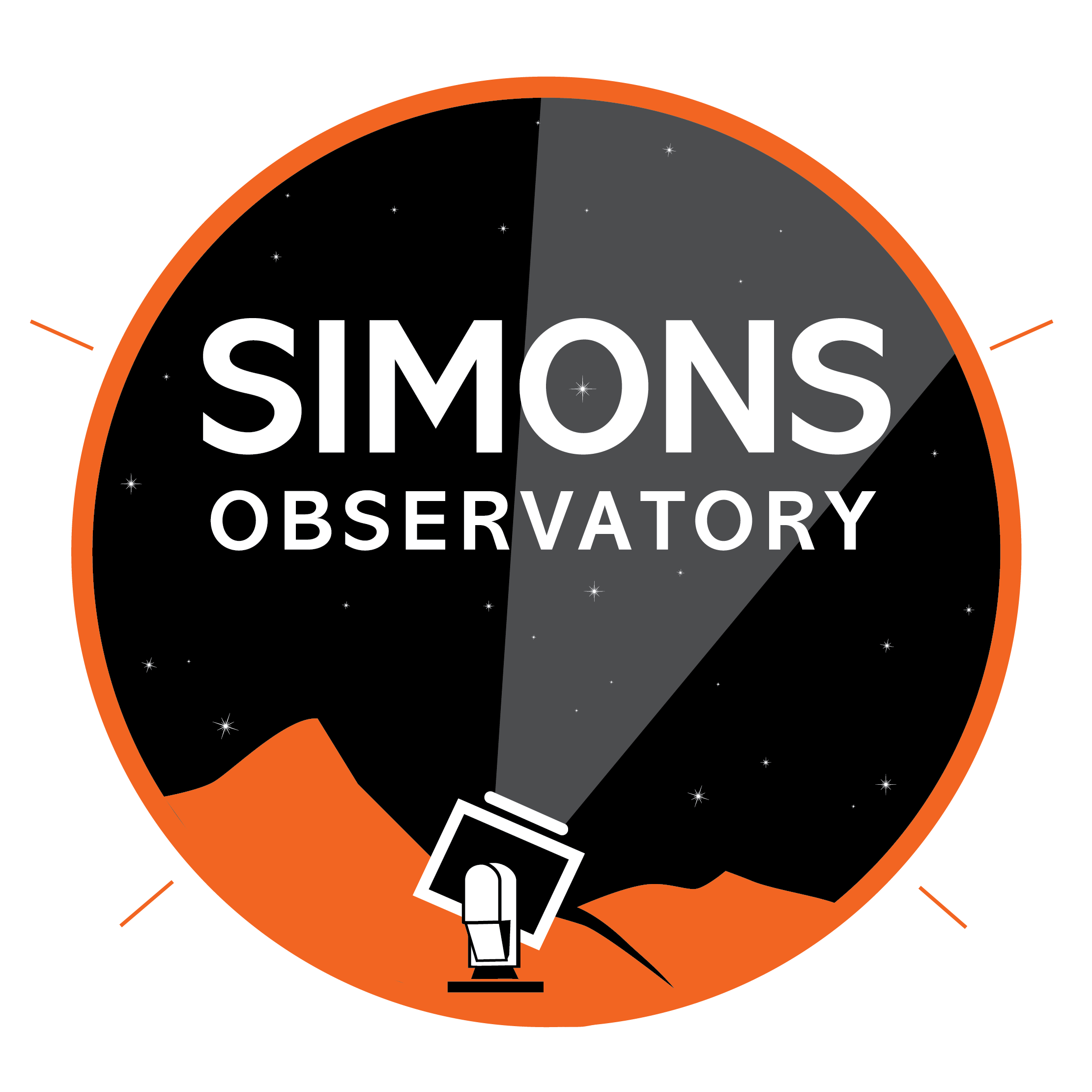
Simons Observatory and Simons Array
The Simons Observatory and Simons Array comprise a collaborative hub where multidisciplinary researchers converge to tackle complex challenges in the realm of astrophysics and cosmology. This collective of experts spans fields such as astronomy, physics, data science, engineering, and computational mathematics.
Astrophysical research at the Simons Observatory and Simons Array encompasses the utilization of cutting-edge technologies and advanced computational methods to unravel the mysteries of the universe. Their mission involves probing the cosmos, understanding the nature of dark matter and dark energy, and elucidating the origins of cosmic structures. This pursuit often involves developing innovative instrumentation, harnessing data analysis techniques, and pushing the boundaries of our understanding of the cosmos.